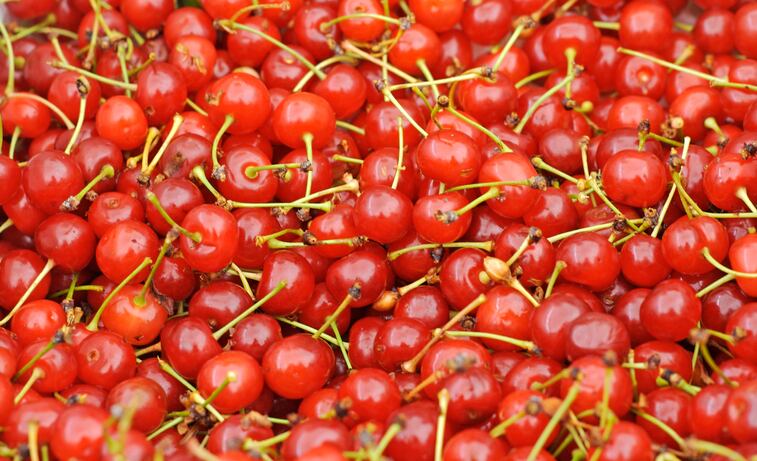The new research was the work of some researchers based in the UK, included one employed by the Sheffield United Football Club, which currently plays in teh Championship, or the second tier of English football (soccer). The research was published in the Journal of the International Society of Sports Nutrition.
The researchers said polyphenol-rich supplements have become popular in sports nutrition applications both for boosting performance directly as well as aiding in recovery.
“The mechanisms underpinning the potential beneficial effects are yet to be fully elucidated, but could be related to their antioxidant, vasodilatory, and anti-inflammatory actions,” the researchers said.
Labels list contents, but not activity potential
But the researchers said that labels are frequently not very helpful in determining the actual content of active ingredients in the supplements, making it difficult to know if an athlete has achieved an efficacious dosage.
To some degree, the wide range of polyphenolic content and antioxidant activity was to be expected, as the researchers tested supplements derived from different fruits. Those included pomegranate, tart cherry, blueberry and black currants. The researchers said they wanted to nail down exactly what these supplements were delivering in terms of polyphenolic, and specifically anthocyanin content. Without knowing this, they said, it was hard to made heads or tails of some research such as studies that showed both a positive and null effect for tart cherries when using two different supplements as research materials. Was it the difference in the materials, or some aspect of the study design that accounted for the radically different outcomes?
The researchers purchased three examples each of 10 popular supplements based on the above fruits and tested them for total phenol content and total anthocyanin content. In addition they performed a ferric reducing/antioxidant power (FRAP) assay and a total oxygen radical absorbance capacity (ORAC) assay on the samples.
The researchers expressed their results both on a per serving and per ml basis. For the two capsule products the values were given per 100 g of powder.
Wide range of contents found
All of the products (the sample consisted entirely of well known brands) had at least some amount of the active polyphenol ingredients in them. So this test, unlike some other market surveillance efforts, did not find any egregiously understrength products with the exception of one tart cherry powdered encapsulated product that scored poorly on all of the tests.
With that being said, there were significant differences between the brands, especially among the six tart cherry supplements tested. These ranged from a high ORAC value of more than 10,000 to a low of about 6,000 per serving for the liquid products with the lone powdered encapsulated product delivering an ORAC score of only 150 per serving. Anthocyanin content ranged from a high of 0.48 per ml (mg/cyd-3-glu) to 0.5 per ml.
In terms of total anthocyanin content, the researchers found a 385-fold difference from the high scoring product, a blackcurrant supplement, down the lowest score tart cherry capsule product.
Knowing how much of a supplement to administer
Just as it is important to know the chemical energy content of a fuel used in an engine, the researchers said this kind of information is necessary to understand how much of which supplements to administer to athletes to achieve performance goals.
“As it would be expected, we found that a typical serving of each polyphenol-rich fruit supplement contained different quantities of anthocyanins and polyphenols. Therefore, to reach recommended target intakes (i.e. 1000 mg to promote recovery), athletes will need to adjust the number of servings of their chosen supplement according to its content of polyphenols,” they said.
“The purpose of this study was not to promote individual supplements but to provide sport nutritionists, coaches, and athletes with the required information to select the required volume of a supplement to suit their performance or recovery goals,” the researchers concluded.
Source: Journal of the International Society of Sports Nutrition
DOI: 10.1080/15502783.2022.2091412
Comparison of the polyphenol content and in vitro antioxidant capacity of fruit-based nutritional supplements commonly consumed by athletic and recreationally active populations
Authors: Rickards L, et. al.




